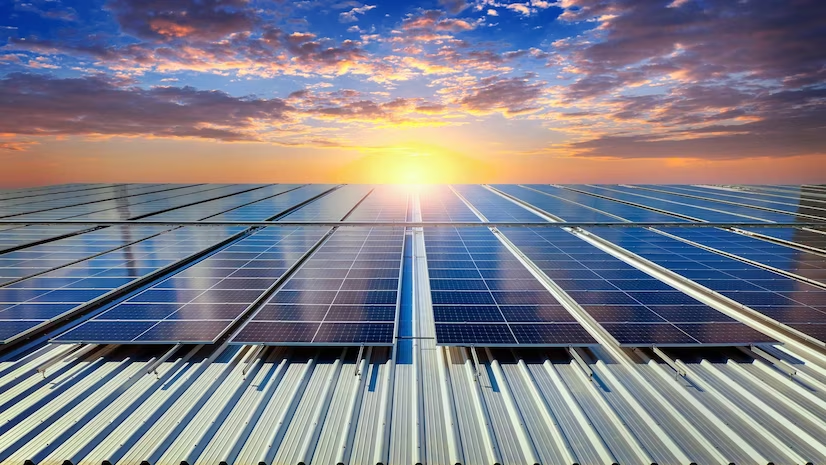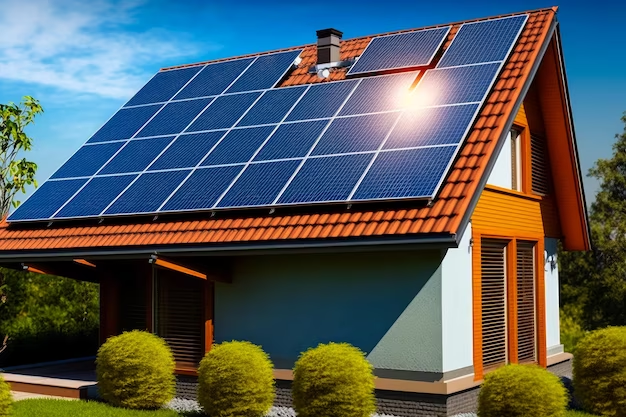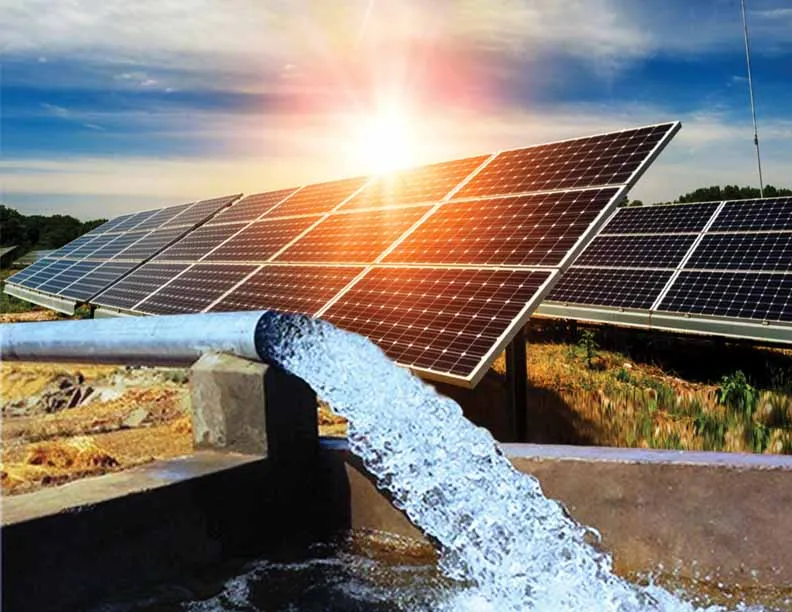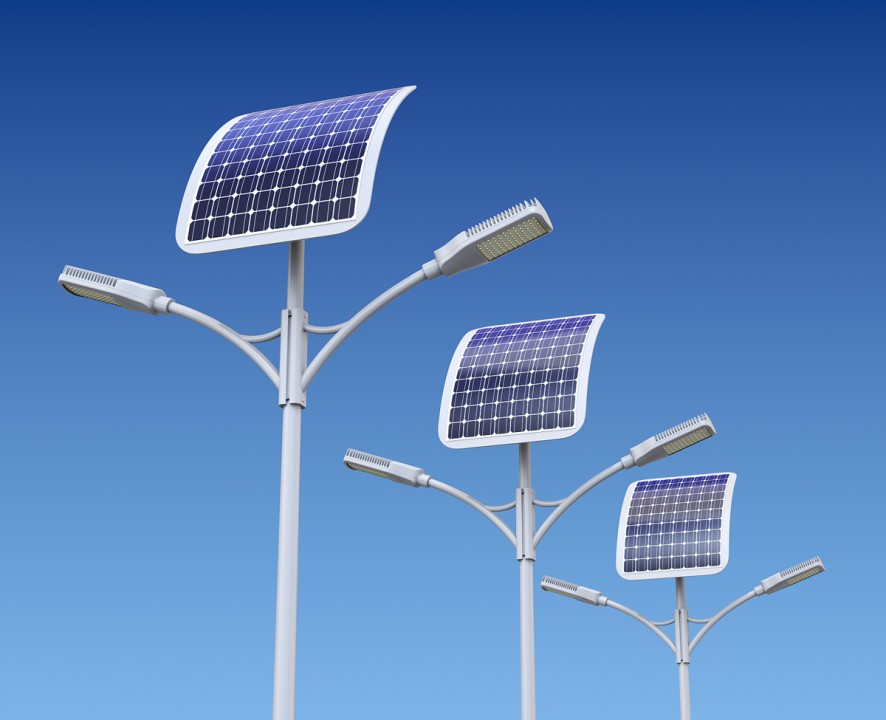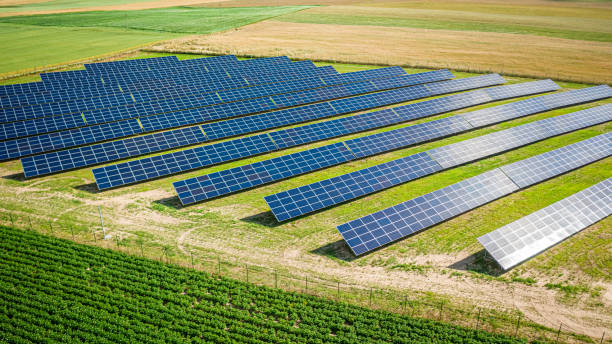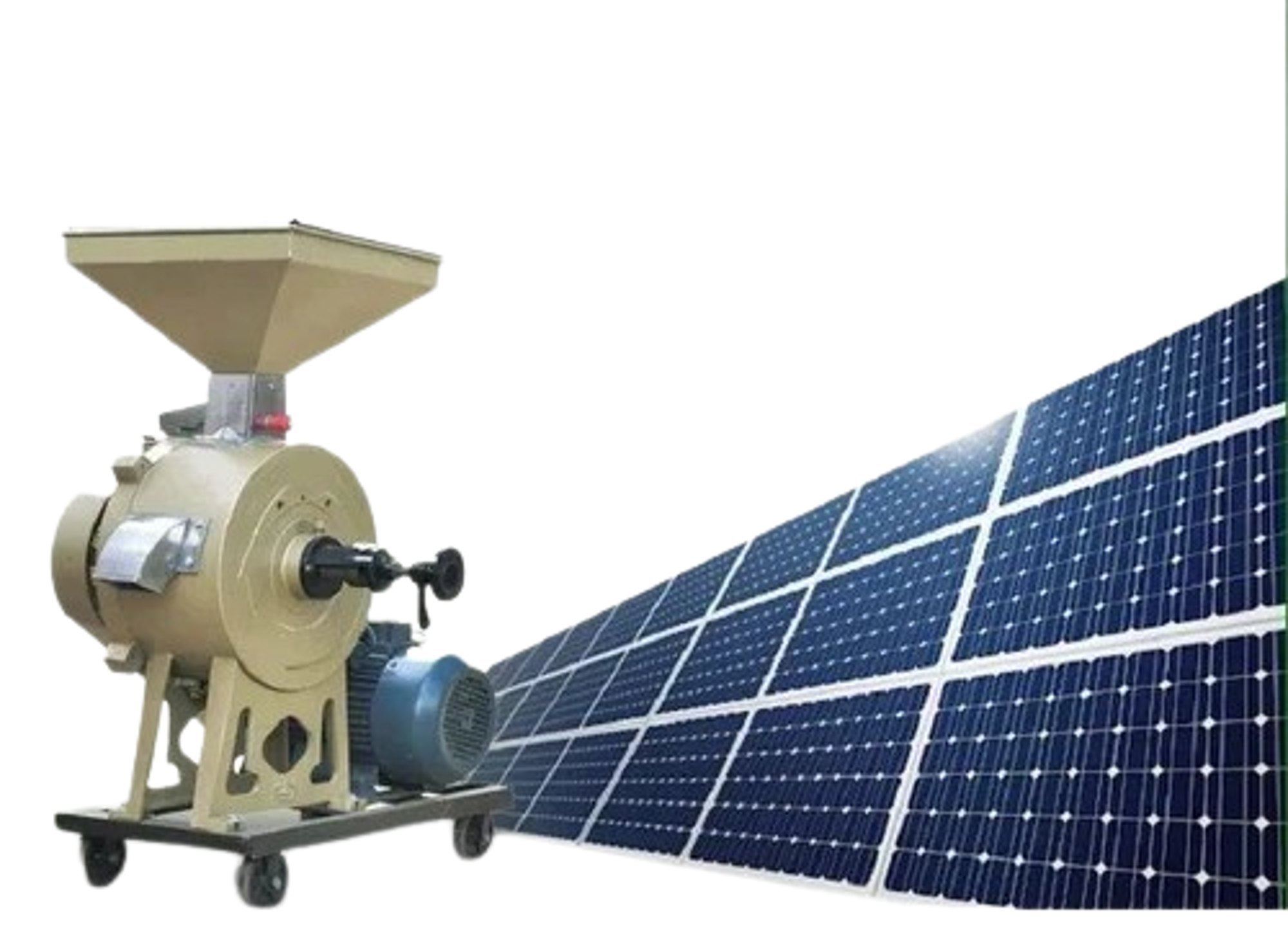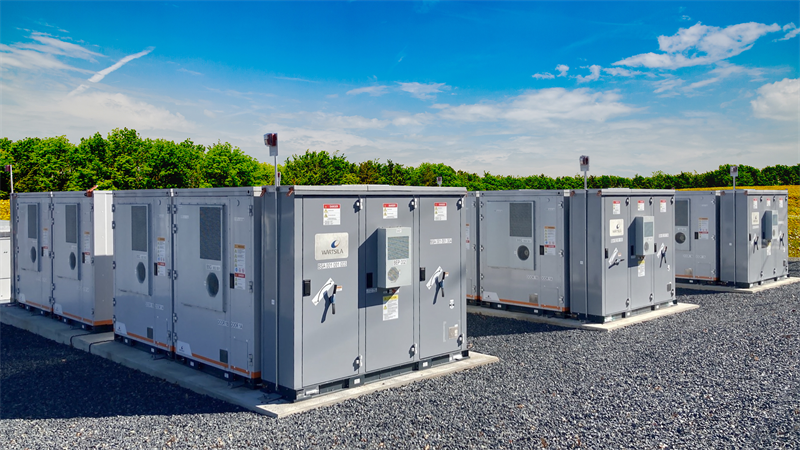Industrial
India is a developing country, and Industries are growing rapidly. One thing which is of concern is the huge electricity bills the industries pay. With the provision of open access in most of the states, industrial solar power systems are increasingly used by various sectors such as textile, cement, paper, steel, chemical, dairy and ceramic industries to cut down their electricity expenses.
Industrial solar Panels, therefore, is a way to reduce the peak loading of the grid and do away with high tariff rates for the peak hours.
Since the space is generally not a constraint for Rooftop Solar Installations in Industries, it makes a viable option for the high electric load requirements.
Industrial companies with captive ‘industrial solar power systems also gets to avail tax benefits by way of depreciation, capital subsidies and other incentives as applicable
